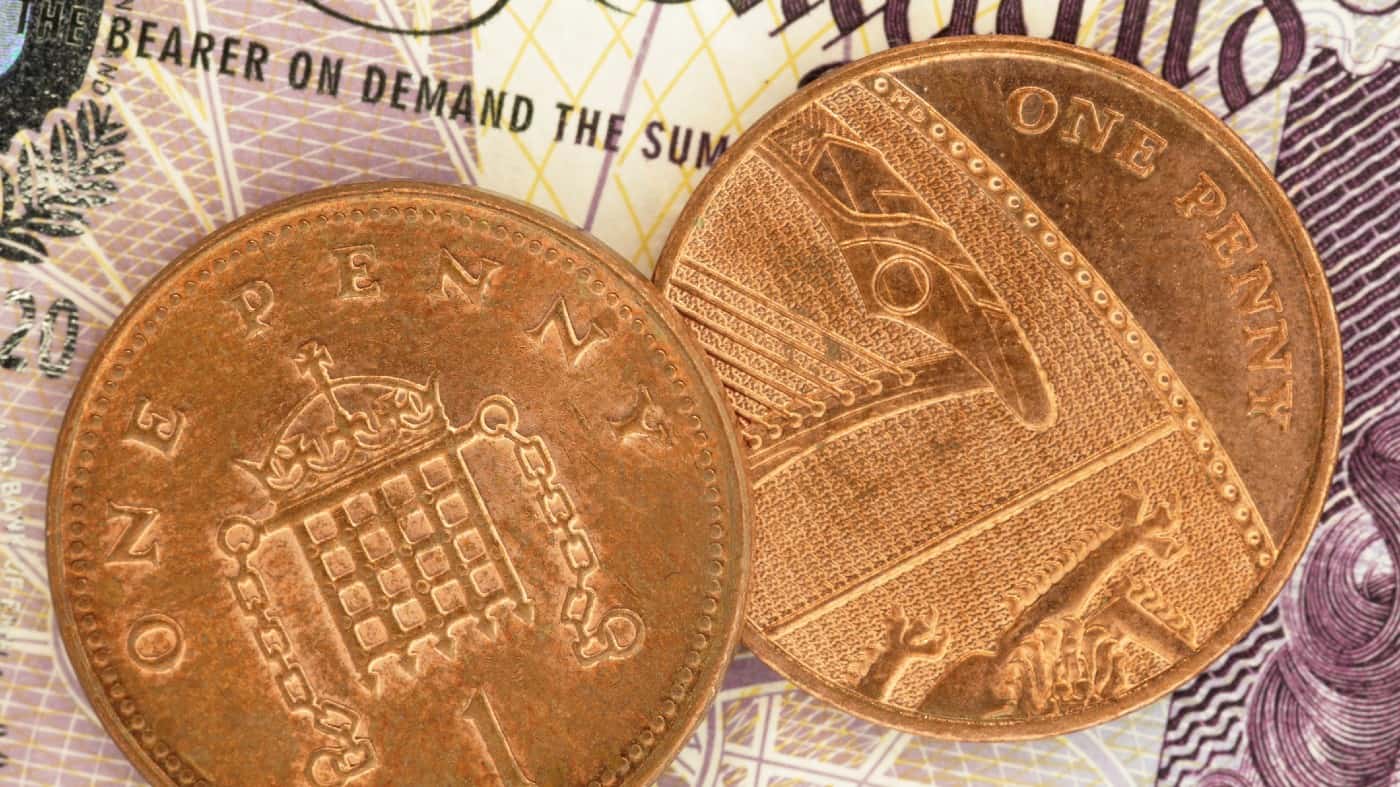Image source: Getty Images
Many investors look for penny shares that might offer very strong returns. In reality, there can be a lot of disappointments. But one penny share on the London market with a £70m capitalisation has already increased in value by 53% so far this year.
Might it keep going – and should I buy some now?
Strong performer
While the recent gain looks good, that is not all. Since September 2022, the share price has more than tripled.
That is certainly the stuff of investor dreams!
Since listing as an independent company in 2021, the track record of the penny share in question has been more modest, but it is still 29% higher than when it started trading.
The company in question is Poolbeg Pharma (LSE: POLB). Prior to its listing, Poolbeg was part of Open Orphan, now rather daftly named hViVO.
What’s behind the surge
So, why has Poolbeg been doing so well lately?
One reason has been a positive set of results from a human challenge trial of one of the group’s products, POLB 001. Poolbeg has extended its patent portfolio around the drug and is expanding its possible application as a preventative therapy for cancer immunotherapy-induced Cytokine Release Syndrome. Last week it announced new US patent protections related to the POLB 001 programme.
The company has also been working in other areas, with AI-led programmes identifying potential treatment candidates for its offerings.
Could things get better from here?
The executive chairman and chief executive both bought shares in the company using their own money in February.
I think there could be significant gains still ahead for the penny share depending on how well its drug development programme proceeds and whether it can commercialise it. The main attraction for now is POLB 001, but Poolbeg’s wider portfolio could yet turn out to do well.
Currently, though, we do not know. Developing drugs and bringing them to the market, with or without AI, is an expensive business. The loss-making firm booked a post-tax loss of £4m last year. Meanwhile, it continues to generate zero revenues.
That is not uncommon in the early stages of a drug development company. First the research and commercialisation needs to happen, which costs money. Only then, if successful, do revenues typically start to come.
When they do, though, the economics of such a pharma business can be transformed.
Wait and see
That explains why my approach is to keep an eye on this penny share without buying it, for now.
If the drug development programme continues to look promising and the company moves closer to generating meaningful revenues, I think the share price could rise. But that is fine by me.
Yes, I might be able to buy cheaper now than later. But that depends on how the business moves forward. I would rather wait for more evidence of a viable business model before buying this penny share, even if that means I end up paying a higher price for it down the road.
Credit: Source link













